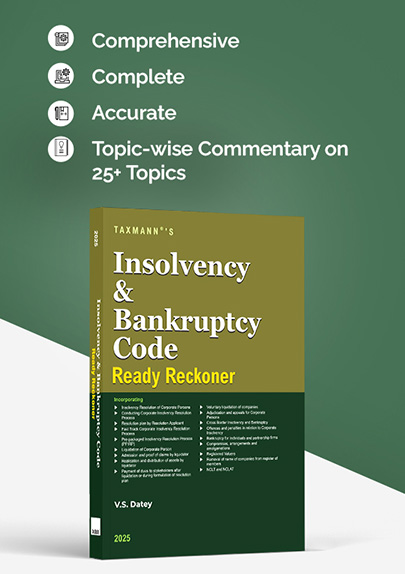Pro-Rata Allocation of Unidentifiable Impairment Loss on the Classification of Assets as Held for Sale in Line With Ind AS 105
- Blog|News|Account & Audit|
- < 1 minute
- By Taxmann
- |
- Last Updated on 24 March, 2025
When a company plans to sell a business unit or group of assets, and the sale is highly probable with the assets ready for immediate disposal, Ind AS 105, Non-current Assets Held for Sale and Discontinued Operations requires them to be classified as held for sale. Once classified, these assets are measured at the lower of their carrying amount and fair value less costs to sell. If the fair value is lower, the difference is recognised as an impairment loss.
Any impairment that can be directly linked to specific assets should be recognised first. But what about the remaining loss? This portion, which cannot be attributed to specific items, needs thoughtful allocation—typically across the remaining assets in a consistent manner. This is where judgment and careful allocation come into play. Should it be spread across other assets? And if so, how should that allocation be approached? In this case Ind AS 105 provides guidance on how the remaining impairment loss should be allocated.
Click Here To Read The Full Story
Disclaimer: The content/information published on the website is only for general information of the user and shall not be construed as legal advice. While the Taxmann has exercised reasonable efforts to ensure the veracity of information/content published, Taxmann shall be under no liability in any manner whatsoever for incorrect information, if any.

Taxmann Publications has a dedicated in-house Research & Editorial Team. This team consists of a team of Chartered Accountants, Company Secretaries, and Lawyers. This team works under the guidance and supervision of editor-in-chief Mr Rakesh Bhargava.
The Research and Editorial Team is responsible for developing reliable and accurate content for the readers. The team follows the six-sigma approach to achieve the benchmark of zero error in its publications and research platforms. The team ensures that the following publication guidelines are thoroughly followed while developing the content:
- The statutory material is obtained only from the authorized and reliable sources
- All the latest developments in the judicial and legislative fields are covered
- Prepare the analytical write-ups on current, controversial, and important issues to help the readers to understand the concept and its implications
- Every content published by Taxmann is complete, accurate and lucid
- All evidence-based statements are supported with proper reference to Section, Circular No., Notification No. or citations
- The golden rules of grammar, style and consistency are thoroughly followed
- Font and size that’s easy to read and remain consistent across all imprint and digital publications are applied






 CA | CS | CMA
CA | CS | CMA


